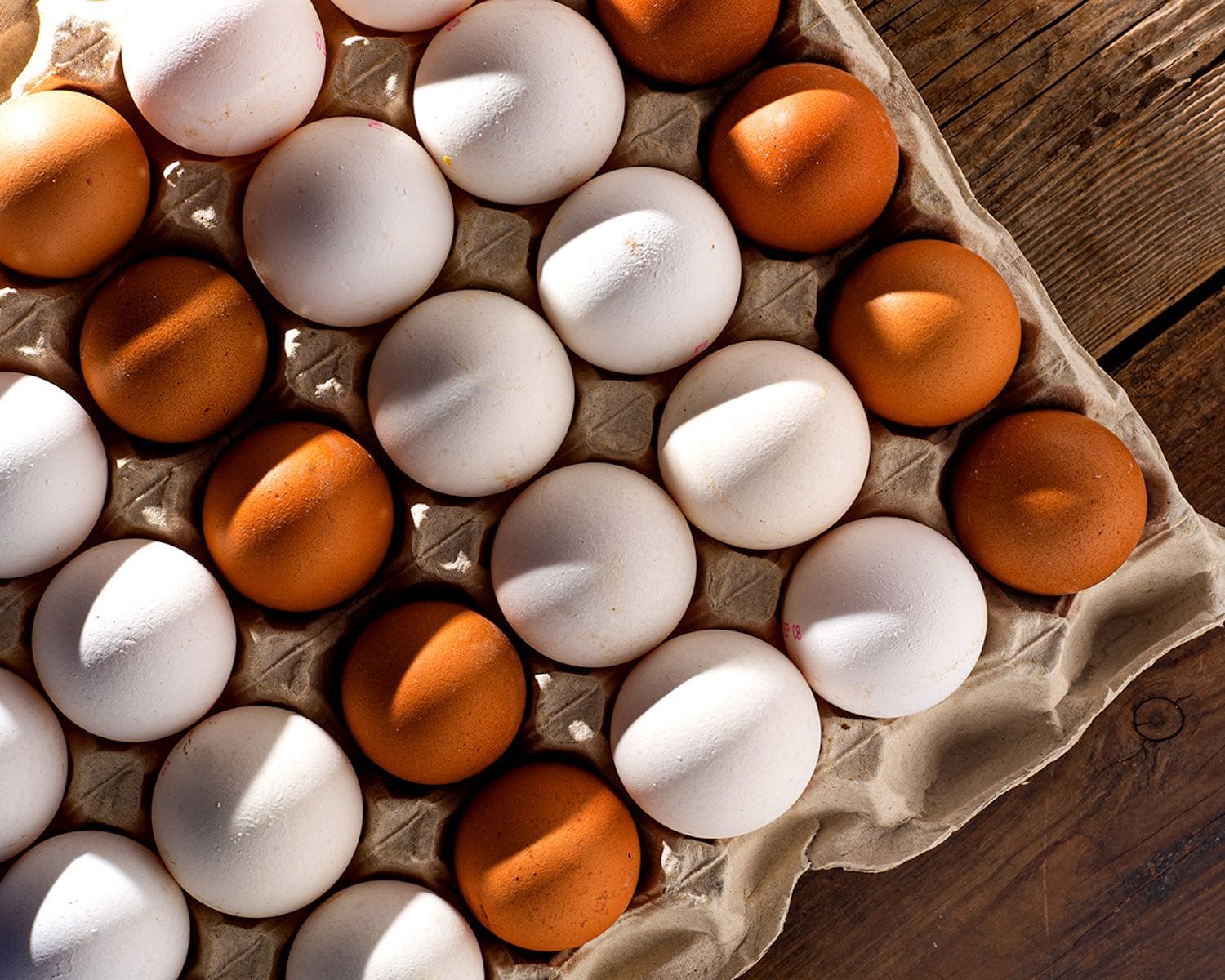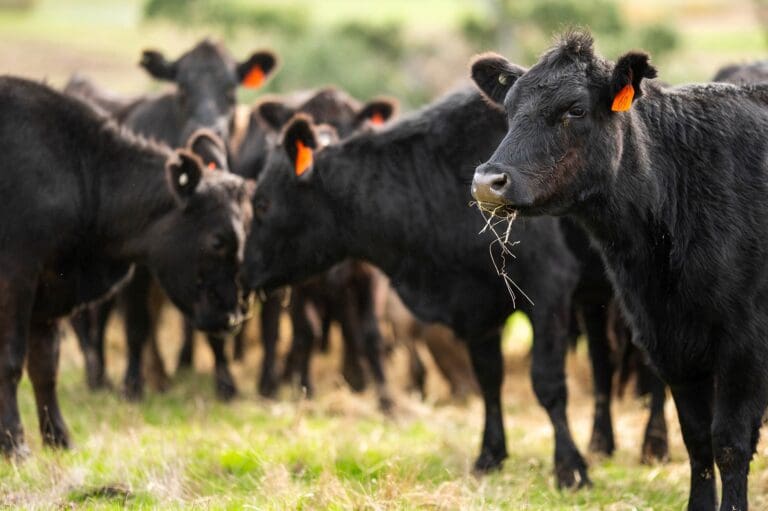Chicken holi-daze
Wholesale values for boneless skinless chicken breasts have recently taken a dip, highlighting a significant shift in market dynamics. Available supply is robust, with an abundance of jumbo and medium-sized options readily available at most points of sale. However, demand is a rollercoaster, fluctuating between dull and active.
Here, retailers are seeing a bit more action compared to the foodservice and further processing sectors, which face more erratic needs. This trend isn’t surprising, given that holiday-related complications often pose challenges for processors. Overall, the market is in a state of flux, balancing ample supply with a varying demand landscape, all in the face of ongoing disease issues.
Seasonal uncertainty pervading the turkey industry
The turkey industry is currently in disarray as demand for fresh breast meats remains unexpectedly subdued. Sellers are finding themselves with more than enough supply, as seasonal interest fails to materialize. This subdued demand is causing turmoil among industry participants, who are grappling with mixed feelings and uncertainty.
Market conditions are challenging to pinpoint, with each segment facing its own unique issues. Buyers are adopting a hand-to-mouth approach, only purchasing what they immediately need, if anything at all. This has left spot market offerings widely available, lacking the usual seasonal boost.
As the industry navigates these turbulent times, the overall market sentiment remains fragmented and difficult to gauge, leaving many stakeholders unsure of the future.
Egg prices soar: inflation and bird flu create unprecedented market challenges
The month of May is notorious for lackluster egg demand, as the weather warms and consumer focus shifts toward more seasonal breakfast options items, like fresh fruit and cold cereal. This year, however, persistent inflation and tight grocery budgets appear to be driving consumer choices more than the weather—steering many toward eggs, which offer a strong value proposition for budget-conscious shoppers.
Meanwhile, on the supply side, production levels continue to be severely impacted by the ongoing spread of Highly Pathogenic Avian Influenza, more commonly known as bird flu. Since the current epidemic began in February of 2022, 53 US commercial layer operations and pullet sites have been affected, resulting in the loss of nearly 64 million birds.
The combination of strong demand and diminished production has put a sizable dent in shell egg inventories, leaving the market in short supply. USDA data shows shell egg stocks dropped last week to just 1.2 million cases, falling 19.2% below the five-year average for this time of year.
Spot market buying interest for eggs has been robust and countered with very limited offers, given the lack of availability. Sellers have been able to command sizable premiums, driving prices to $2.07 per dozen as of May 23. This is only the third time in history that May values have exceeded $2.00 per dozen—the other two times being last year and in 2015 during the last bird flu epidemic.
The interplay of inflation-driven demand and bird flu-related supply constraints has created an unprecedented market dynamic, pushing May egg prices to historic highs and leaving many industry stakeholders to wonder if the year’s lowest prices have perhaps already been reached.
Bullish sentiment for EU dairy liquids remains
Following three consecutive weeks of price increases during May, the market sentiment for European cream and SMC (skimmed milk concentrate) remained bullish during the week. Recent strong price increases have been supported by tighter supply, as the milk intakes started to decline across the EU, in combination with strong demand supported by mild weather conditions. Warm and sunny weather supported buying interest from ice cream manufacturers across the EU for fresh SMC and cream for spot production. Additionally, more processors have been reported actively sourcing dairy liquids on the spot market. To ensure sufficient raw material availability for production, this was supported as the seasonal decline in milk intakes started earlier than anticipated by many market sources.
Written by Jake Mills-Zivanovic



